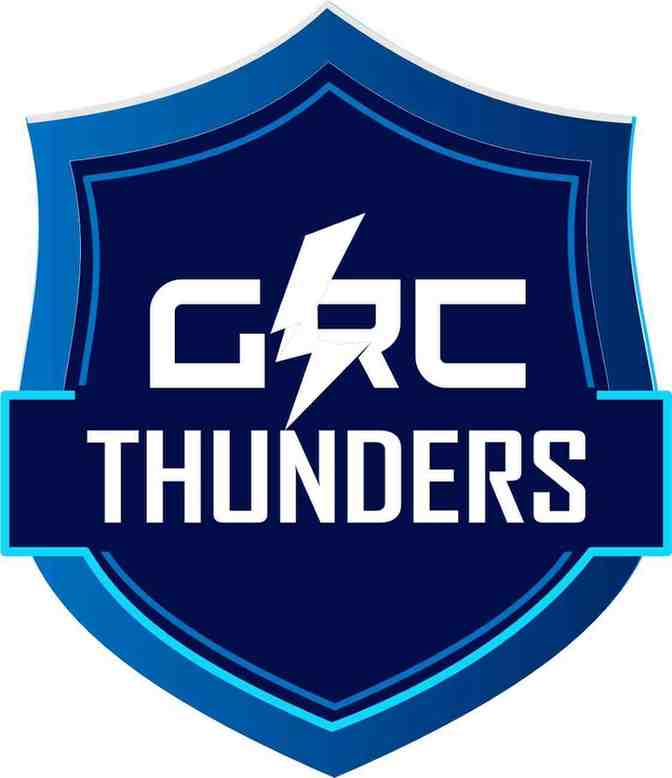In today’s digital landscape, businesses are increasingly relying on cloud-based services to store and process sensitive data. With the rising threat of cyberattacks and data breaches, organizations must implement robust security measures to protect customer information. One widely recognized standard for data security and privacy is SOC 2 compliance.
SOC 2 (System and Organization Controls 2) is a framework developed by the American Institute of Certified Public Accountants (AICPA) to ensure that service providers securely manage data to protect the interests of their clients. Achieving SOC 2 compliance not only enhances an organization’s security posture but also builds customer trust and provides a competitive advantage.
This guide will walk you through the essentials of SOC 2 compliance, its importance, key requirements, and best practices to ensure your business meets this critical standard.
GRC Thunders can help your business achieve SOC 2 compliance with expert guidance, security assessments, and compliance management solutions.
What is SOC 2 Compliance?
SOC 2 compliance is a voluntary but essential certification for businesses that handle customer data. Unlike other security frameworks, SOC 2 is specifically designed for technology and cloud-based service providers. The compliance framework evaluates how an organization implements controls around security, availability, processing integrity, confidentiality, and privacy—also known as the five Trust Service Criteria (TSCs).
SOC 2 audits are conducted by independent third-party auditors who assess whether a company’s security practices align with the requirements defined by AICPA.
SOC 2 vs. SOC 1 vs. SOC 3: Key Differences
- SOC 1: Focuses on financial reporting controls.
- SOC 2: Evaluates security and privacy controls of cloud-based companies.
- SOC 3: Similar to SOC 2 but provides a more general public-facing report without sensitive details.
Why is SOC 2 Compliance Important for Businesses?
1. Builds Customer Trust
In an era where data breaches can ruin a company’s reputation, SOC 2 certification demonstrates a commitment to security and privacy, reassuring customers that their data is in safe hands.
2. Competitive Advantage
Many large enterprises require SOC 2 compliance before partnering with a service provider. Achieving SOC 2 certification opens doors to new business opportunities and partnerships.
3. Regulatory Compliance Alignment
SOC 2 helps businesses align with regulatory standards such as GDPR, HIPAA, and CCPA, ensuring compliance with data protection laws.
4. Reduces Cybersecurity Risks
By following SOC 2 controls, businesses can prevent cyber threats, data breaches, and insider threats, thereby reducing operational risks.
Understanding the Five Trust Service Criteria (TSCs)
To achieve SOC 2 compliance, businesses must adhere to the Trust Service Criteria (TSCs) defined by AICPA:
1. Security (Mandatory)
Security is the foundation of SOC 2 compliance. It ensures that data is protected from unauthorized access and cyber threats. Common security controls include:
- Firewalls & Intrusion Detection Systems (IDS)
- Multi-Factor Authentication (MFA)
- Encryption of Data at Rest and in Transit
- Incident Response Plans
2. Availability
This criterion ensures that systems are operational and accessible as per service level agreements (SLAs). Businesses must implement:
- Disaster Recovery Plans (DRP)
- Backup and Failover Mechanisms
- System Monitoring & Performance Optimization
3. Processing Integrity
Data processing must be accurate, complete, and timely. This includes:
- Regular System Audits
- Change Management Controls
- Data Validation Procedures
4. Confidentiality
Confidential data should only be accessible to authorized personnel. Measures include:
- Access Controls & Role-Based Permissions
- Data Masking & Anonymization
- Secure Data Storage Solutions
5. Privacy
Ensures businesses handle personal data in accordance with privacy policies and regulatory requirements. Controls include:
- Privacy Policy Enforcement
- Data Subject Rights Management
- Compliance with Privacy Regulations (GDPR, CCPA)
Steps to Achieve SOC 2 Compliance
SOC 2 compliance requires a structured approach. Follow these key steps:
1. Understand SOC 2 Requirements
Determine which Trust Service Criteria are relevant to your business and document your security policies accordingly.
2. Perform a Readiness Assessment
A gap analysis helps identify weaknesses in current security controls and prepares your business for the formal SOC 2 audit.
3. Implement Necessary Security Controls
Deploy security measures such as encryption, access controls, and incident response plans to meet SOC 2 requirements.
4. Conduct an Internal Audit
Before the official audit, perform an internal security review to ensure all policies and controls are in place.
5. Engage a Certified SOC 2 Auditor
Hire an independent third-party auditor to conduct the official SOC 2 audit and issue the certification.
Best Practices for SOC 2 Compliance
1. Automate Compliance Monitoring
Use compliance automation tools to continuously monitor security controls and detect vulnerabilities.
2. Regular Employee Training
Educate staff on data security policies, access controls, and compliance best practices.
3. Continuous Risk Assessments
Perform periodic risk assessments to identify and mitigate security threats proactively.
4. Maintain Detailed Documentation
Document all security policies, procedures, and system configurations to streamline audits and ensure compliance.
5. Establish an Incident Response Plan
A well-documented incident response plan helps businesses respond swiftly to security breaches.
Conclusion
SOC 2 compliance is essential for businesses handling customer data, particularly in the cloud services industry. Achieving SOC 2 certification demonstrates your commitment to security, privacy, and data integrity, giving customers confidence in your services. Read more: Why GRC Thunders
By following the Trust Service Criteria, implementing robust security controls, and adhering to best practices, businesses can successfully achieve and maintain SOC 2 compliance, reducing risks and enhancing their reputation in the market.
GRC Thunders specializes in helping businesses navigate the complexities of SOC 2 compliance. Our expert team provides security assessments, policy development, and audit preparation to ensure a smooth and successful certification process.
Are you ready to start your SOC 2 compliance journey? Contact GRC Thunders today for expert guidance on SOC 2 audits, security frameworks, and compliance management!
